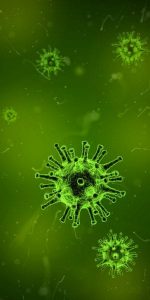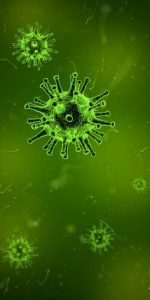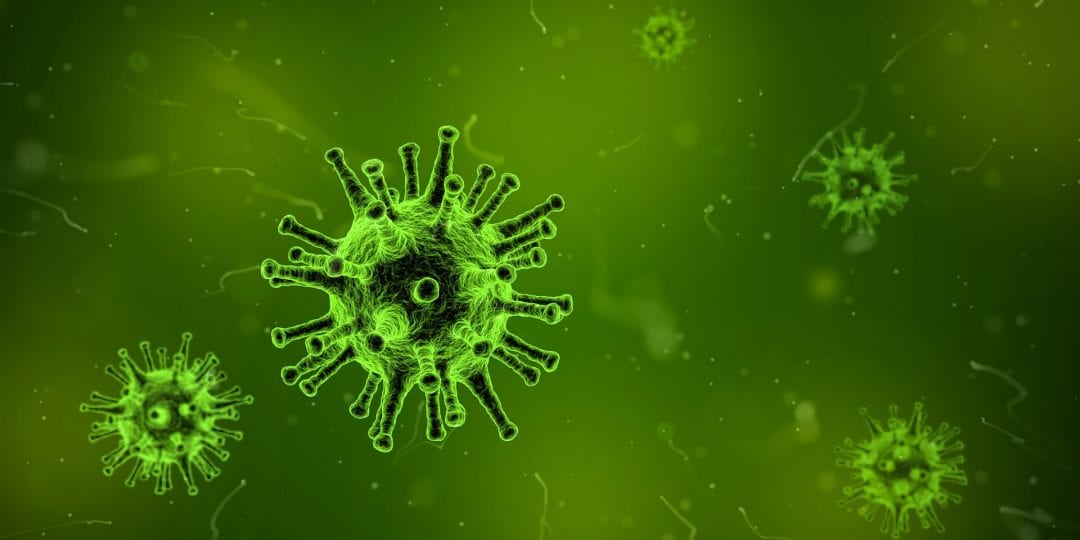 Advanced Healthcare Materials
Advanced Healthcare Materials celebrates its 5th birthday this year! Since 2012 we have been bringing you the latest breakthroughs in biomedical materials science with a strong focus on improving human health, and we will continue to do so in 2017. Read more about this in our latest editorial.
celebrates its 5th birthday this year! Since 2012 we have been bringing you the latest breakthroughs in biomedical materials science with a strong focus on improving human health, and we will continue to do so in 2017. Read more about this in our latest editorial.
No access to our published content yet? Make sure to recommend Advanced Healthcare Materials to your librarian. More information can be found here.
In this monthly feature, we highlight some of the most read Advanced Healthcare Materials papers over the last month. These top-downloaded papers are therefore currently freely accessible! Click on the headers below to get to the corresponding papers. Also check out our previous monthly cover art feature here.
Engineering Photocrosslinkable Bicomponent Hydrogel Constructs for Creating 3D Vascularized Bone
by Mehdi Kazemzadeh-Narbat, Jeroen Rouwkema, Nasim Annabi, Hao Cheng, Masoumeh Ghaderi, Byung-Hyun Cha, Mansi Aparnathi, Akbar Khalilpour, Batzaya Byambaa, Esmaiel Jabbari, Ali Tamayol, and Ali Khademhosseini
Successful bone tissue engineering requires the initial generation of a highly organized vasculature. A large team of researchers at Harvard/MIT, Northeastern and the universities of South Carolina and Twente (the Netherlands) led by Advanced Healthcare Materials board member Ali Khademhosseini, Ali Tamayol and Nasim Annabi now invented a photolithography process to incorporate both osteogenic and angiogenic cell-laden niches in photocrosslinkable hydrogel constructs, applying osteoinductive nanoparticles to promote bone formation. This approach paves the road for engineering large-scale tissues as a therapy for major bone defects.
Combinatorial Therapies After Spinal Cord Injury: How Can Biomaterials Help?
by Tobias Führmann, Priya N. Anandakumaran, and Molly S. Shoichet
Biomaterials used for recovery after spinal cord injury provide site-specific and sustained drug delivery as well as enhanced cell survival, integration and differentiation. Shoichet and colleagues give an overview of combinatorial strategies for regeneration of the central nervous system after injury, focusing on the recent advances in biomaterial design, advantages and drawbacks of their utilization.
A more extensive news article about this study can be found here.
by Youbin Li, Xiaolong Li, Zhenluan Xue, Mingyang Jiang, Songjun Zeng, and Jianhua Hao
Although upconversion nanoparticles have been widely studied as nanoprobes for bioimaging and diagnosis, their phase- and size-controlled synthesis has been a challenge. Hao, Zeng and co-workers report a new M2+ doping approach to overcome this problem, which allows modification of the phase and the size of the particles, while enhancing their upconversion luminescence properties. Remarkably, bioimaging of tiny tumors down to 3 mm is possible using the as-synthesized probes.
Nuclear-Targeted Multifunctional Magnetic Nanoparticles for Photothermal Therapy
by Haibao Peng, Jing Tang, Rui Zheng, Guannan Guo, Angang Dong, Yajun Wang, and Wuli Yang
The quest for innovative, multifunctional and safer cancer treatments has increased research interests in nanoparticle-mediated photothermal therapy. Wuli Yang and co-workers at Fudan University and Harvard Medical School demonstrate a nuclear-targeted strategy by employing magnetic nanoparticles conjugated with transferrin and a TAT peptide, guided by both near-infrared fluorescence and magnetic resonance imaging. Their method leads to efficient nuclear targeting, excellent photothermal effects and therefore enhanced tumor inhibition in a lung cancer model with no toxicity to surrounding tissues, and may present a practical approach to develop subcellular organelle-targeted PTT agents for simultaneous cancer targeting, imaging, and therapy.
by Asha Mathew, Cedryck Vaquette, Saeed Hashimi, Irani Rathnayake, Flavia Huygens, Dietmar W. Hutmacher, and Saso Ivanovski
Guided bone regeneration by applying occlusive membranes to provide space and enable selective repopulation of the damaged area is effective, but bacterial infiltration occurs frequently and can compromise the regenerative outcome. A group of Australian scientists under the supervision of Saso Ivanovski and Dietmar Hutmacher describes a solvent-evaporation technique to immobilize an antibiotic into electrospun polycaprolactone membranes, leading to sustained drug release and antimicrobial and immunomodulatory properties. The loading is simple yet effective with a strong potential for clinical translation, and can be applied to various polymeric structures for applications in craniofacial and orthopedic applications.

















